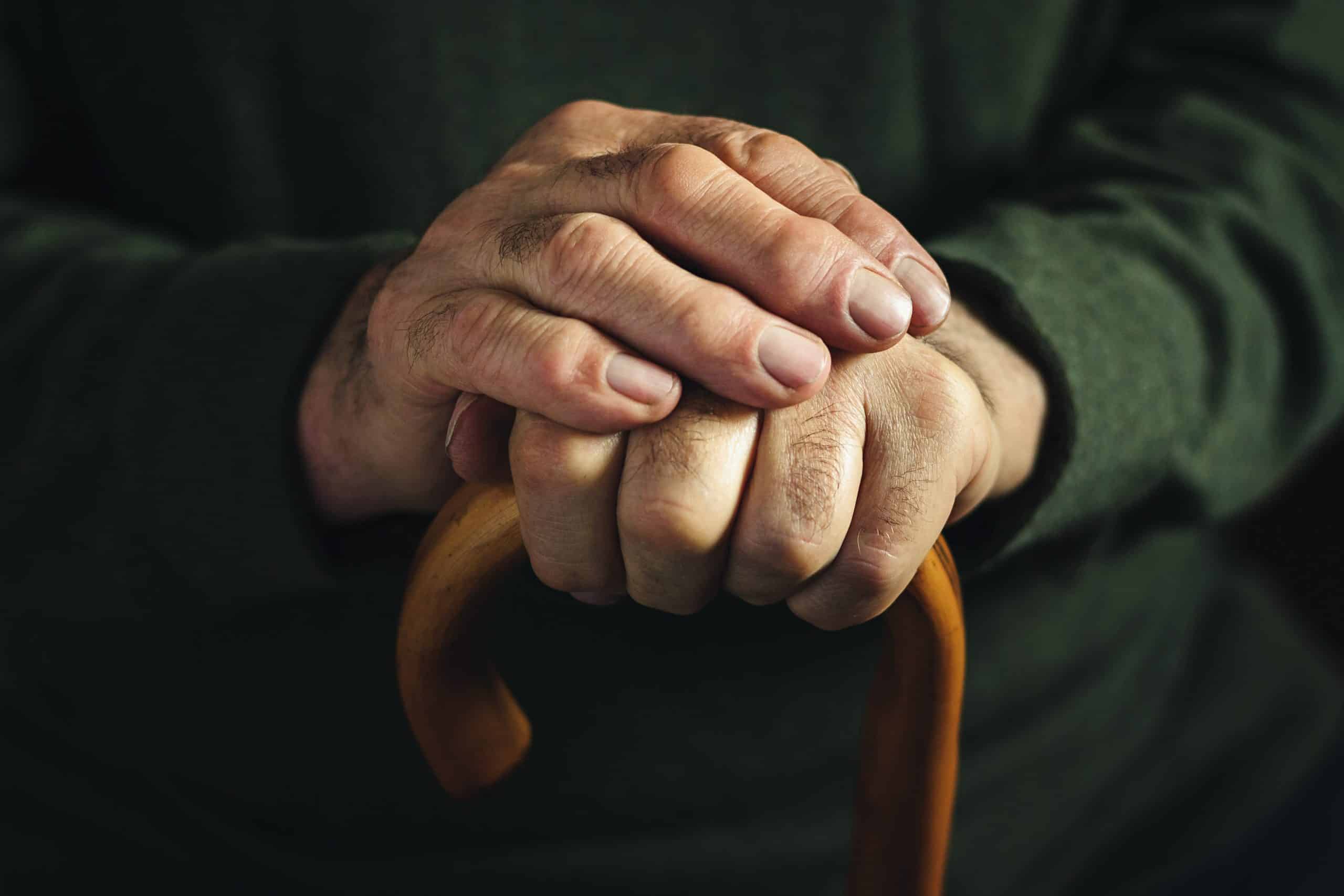What Are the Best Non-Invasive Pain Relief Options for an Arthritic Golden Retriever?

Once the effervescent pup full of life and bountiful energy, your golden retriever is now entering the twilight years. You’ve noticed a disheartening decrease in their usually exuberant motion, and they’re displaying tell-tale signs of discomfort. These manifestations may indicate that your pet is suffering from arthritis, a common condition among elder dogs. It’s an inflammatory disease that affects joints, causing discomfort, pain, and mobility issues. With the right knowledge and approach, you can help manage your pet’s pain and enhance their quality of life.
Understanding Canine Arthritis
Before diving into the available treatment options, it’s essential to understand the nature of canine arthritis. This condition is characterized by the degeneration and inflammation of joints, most notably the hips. Commonly, it’s the result of wear and tear on the dog’s joints, exacerbated by factors like aging, obesity, or previous injuries.
En parallèle : How to Choose the Right Breed of Dog for a High-Altitude, Mountainous Environment?
Osteoarthritis is the most prevalent type of arthritis in dogs. The condition is chronic and progressive, meaning it worsens over time. Some signs to look out for include difficulty standing, limping, noticeable pain, and decreased activity levels. If your pet exhibits these symptoms, consult with a veterinarian to obtain a proper diagnosis.
Non-Invasive Therapies for Dog Arthritis
While arthritis can’t be cured, a variety of non-invasive treatments can help manage the condition and alleviate your pet’s discomfort. Let’s delve into some of them.
Dans le meme genre : How to Tailor an Anxiety Reduction Plan for a Sheltie Afraid of Loud Noises?
Physiotherapy
Physiotherapy is a highly effective treatment for reducing pain and improving joint mobility in dogs. It involves a tailored set of exercises designed to strengthen muscular support around the diseased joints. Regular physiotherapy can enhance the flexibility and mobility of the joint, reducing the stress caused by arthritis.
Hydrotherapy
Hydrotherapy, also known as aquatic therapy, is another excellent non-invasive treatment for dogs suffering from arthritis. In this therapy, dogs are made to exercise in a water-filled pool or tank. The buoyancy of water helps reduce the weight on the arthritic joints, allowing for easier movement. Hydrotherapy can increase their endurance and flexibility, mitigating the effects of arthritis.
Acupuncture
Acupuncture is a traditional Chinese therapy that has shown promising results in canine arthritis treatment. This method involves inserting needles at specific points on the dog’s body to stimulate the nervous system, which may help reduce inflammation and pain. It is a safe, virtually painless procedure and can be a viable alternative for dogs that can’t tolerate conventional pain medications.
Dietary Supplements and Nutritional Management
Providing your dog with a balanced, nutritious diet is critical in managing arthritis. Certain dietary supplements can also help alleviate arthritic symptoms.
Glucosamine and Chondroitin
Glucosamine and chondroitin are naturally occurring compounds that play a crucial role in the health of a dog’s joints. They aid in the repair and maintenance of cartilage, which can be beneficial for dogs suffering from arthritis. Several studies affirm their effectiveness in reducing the clinical symptoms of osteoarthritis in dogs.
Omega-3 Fatty Acids
Omega-3 fatty acids, particularly DHA and EPA, have potent anti-inflammatory properties. They can help reduce the inflammation associated with arthritis, thus lessening joint pain.
CBD Oil
CBD oil has gained popularity in recent years for its potential benefits in pain management and inflammation reduction. While research is still ongoing, some studies indicate that CBD oil may help alleviate arthritis symptoms in dogs.
Consultation with a Veterinarian
While all these options offer potential benefits, it’s vital to consult with a qualified veterinarian before starting any treatment. They can provide a comprehensive diagnosis and guide you on the best course of action tailored to your pet’s condition.
Remember, providing a life of comfort for your arthritic golden retriever isn’t about curing the condition—it’s about managing the symptoms and making day-to-day life easier for your beloved pet. Through the right combination of non-invasive treatments, dietary changes, and regular veterinary care, you can help your dog live a happier, healthier, and more comfortable life.
The Role of Red Light Therapy and Anti-Inflammatory Drugs
To expand the range of non-invasive treatments for canine arthritis, red light therapy and anti-inflammatory drugs are worth discussing.
Red Light Therapy
Red light therapy represents a novel approach to pain management in dogs suffering from arthritis. This treatment method uses low-level wavelengths of red light to penetrate the skin and tissues, resulting in a biochemical effect that boosts cellular energy and promotes healing.
By enhancing circulation and encouraging the regeneration of new cells, red light therapy can help reduce inflammation and alleviate discomfort associated with arthritis. Studies have demonstrated the efficacy of red light therapy in improving mobility and quality of life in dogs with osteoarthritis.
However, it’s critical to note that this therapy should not be considered a standalone treatment. Instead, it should be part of a comprehensive plan that includes other therapies, nutritional changes, and regular veterinary care.
Anti-Inflammatory Drugs
While they are not a frontline option, certain non-steroidal anti-inflammatory drugs (NSAIDs) can help manage arthritis pain in dogs. These anti-inflammatory medications work by reducing inflammation in the joints, thereby alleviating pain. However, NSAIDs must always be used under the strict supervision of a veterinarian, since they can have potential side effects like gastrointestinal issues.
Proactive Measures for Arthritis in Dogs
Prevention is always better than cure. While arthritis is common in Golden Retrievers, certain proactive measures can help reduce your pet’s risk of developing this debilitating condition.
Weight Management
Maintaining your pet’s optimal weight is crucial as extra weight can put unnecessary stress on the joints, which can exacerbate arthritis symptoms. Regular exercise, portion control, and a balanced, nutritious diet can help keep your pet’s weight in check.
Regular Exercise
Routine exercise can help keep your dog’s joints healthy and flexible. However, it’s crucial to tailor the exercise regime to your pet’s age, size, and health condition. Low-impact exercises like swimming and walking are best for dogs with arthritis.
Early Detection
Early detection of hip dysplasia, a common precursor to arthritis, can make a significant difference in your pet’s quality of life. Regular vet checks and early intervention can slow the progression of the disease and help manage pain more effectively.
Conclusion
Arthritis can significantly impact your golden retriever’s quality of life. However, non-invasive treatments like physiotherapy, hydrotherapy, acupuncture, red light therapy, dietary supplements, and appropriate use of anti-inflammatory drugs can provide effective pain relief. Beyond treatments, proactive measures such as weight management, regular exercise, and early detection can also help manage the disease and enhance your pet’s comfort and well-being.
Through understanding, care, and the right pain management techniques, you can ensure your arthritic golden retriever continues to lead a happy, active, and pain-free life. After all, our furry friends deserve nothing less than the best. Always consult with a veterinarian to tailor the treatment plan to your pet’s specific needs, and remember, the ultimate goal is to enhance your dog’s quality of life.
